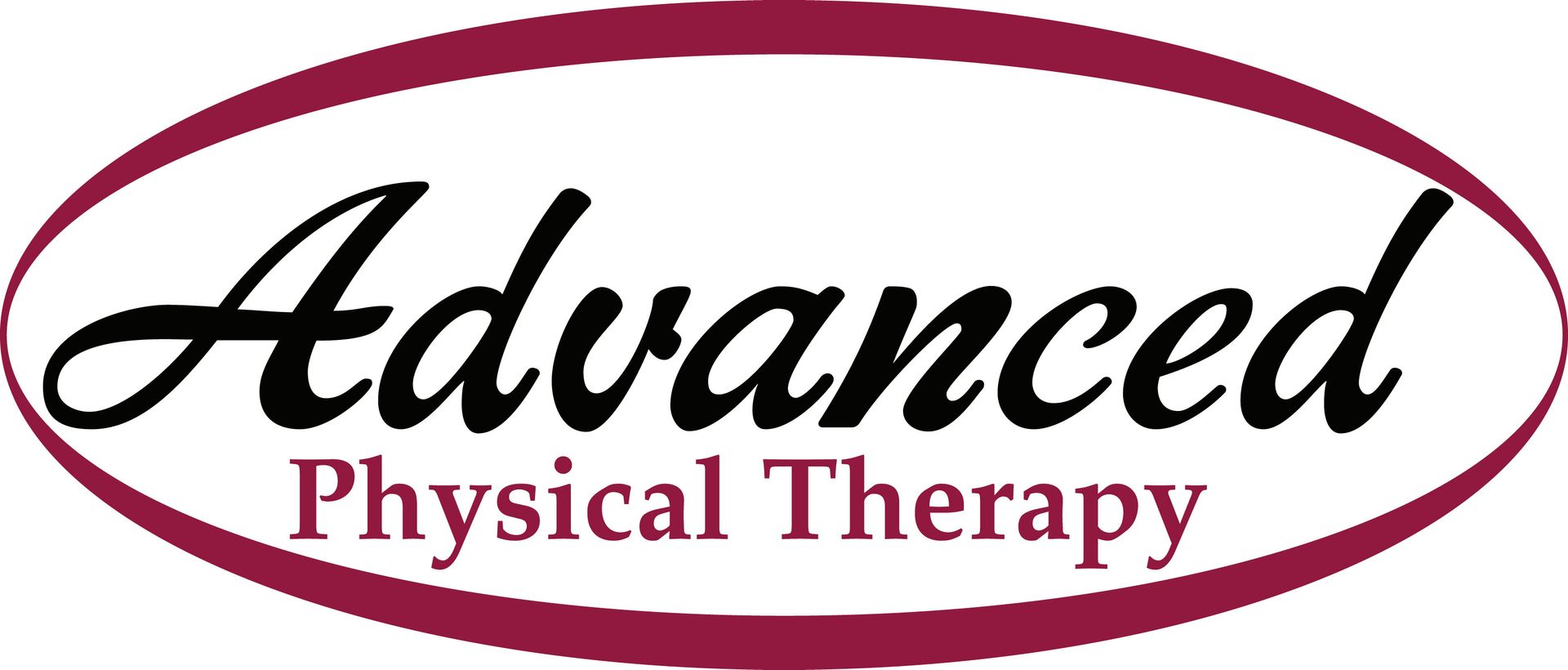Balance
Balance
When evaluating balance we always have to consider how your vision, muscle system and vestibular system interact. All three systems work together to help us maintain balance and navigate our way through each day. Proper assessment of these systems allows for a treatment plan to be implemented and the best outcome is reached. The treating physician may utilize medications for some diagnoses and often prescribes physical therapy.
Vestibular Balance
Our vestibular system is often referred to as the “inner ear.” It is a sensory system that communicates information to our brain about balance, motion and the position of our head in relation to the surroundings. Two classic diagnoses are Meniere’s Disease and Benign Paroxysmal Positional Vertigo (BPPV). BPPV responds well to manual physical therapy referred to as the Epley Maneuver. There are many physical therapy techniques that involve a progression of simple eye exercises to more dynamic activities with head and eye movement. Progression of treatment is completely dependent upon proper communication between the patient and the therapist.
Gait
The term "gait" refers to how we walk. Issues with walking can begin as a result of many issues. Often we see gait issues arise from deconditioning and chronic health conditions. It is important to remember the strategies our body uses to to maintain our balance and to work on improving strength and flexibility. Discussion for canes and walkers is sometimes appropriate. We may also need to work on conditioning so you can better enjoy the activities of each day.







